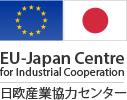'EPA Helpdesk' webinar series 43: Tariff Rate Quotas
09
NOV
2021
What are the EPA agri-food preferences offered within Tariff Rate Quo
10:30
- 11:30











